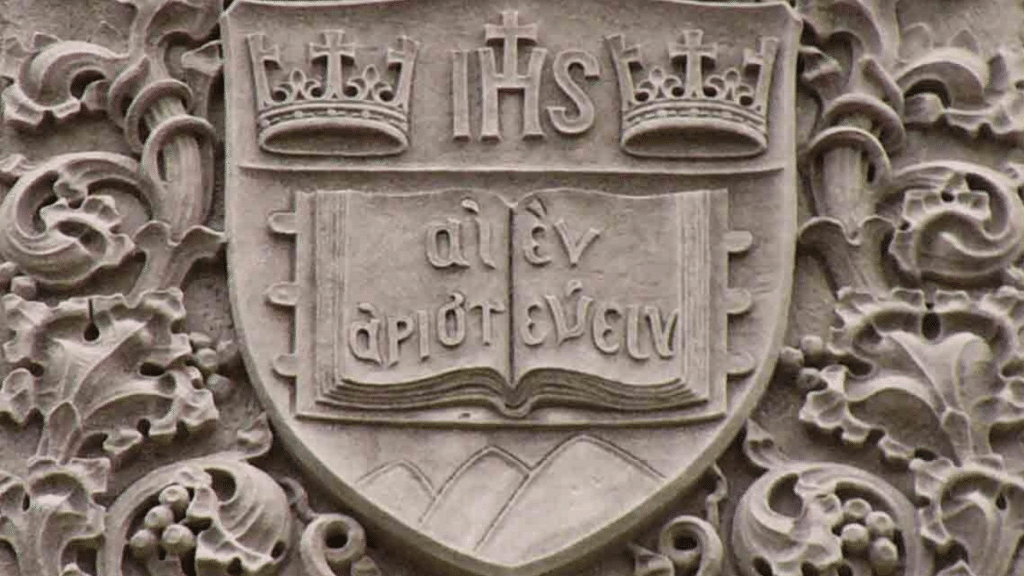The Timeless Human Need to Be Remembered
We’ve always been obsessed with leaving our mark. From cave paintings to Instagram posts, humans share an undeniable urge to say, “I was here.” But few objects capture this impulse better than plaques—those unassuming yet powerful markers that have evolved alongside civilization itself. What began as stone tablets declaring royal decrees have become the custom-awards we present today, proving that even in our digital age, we still crave physical proof of our achievements.
Stone Tablets and Bronze Declarations: The First Plaques
Long before trophies and certificates, ancient civilizations used plaques as permanent records. The Babylonians pressed cuneiform into clay tablets to document laws—some of which still survive today. The Egyptians carved hieroglyphs into limestone to honor pharaohs and gods. These weren’t just decorative pieces; they were early attempts to cement history into something tangible.
The Romans took it further, using bronze plaques to commemorate military victories and civic milestones. Walk through the ruins of Pompeii, and you’ll find plaques detailing everything from gladiator games to local business advertisements. This was the true birth of plaques and awards as we know them, public declarations meant to inspire, inform, and immortalize.
From Royalty to the Everyday: Plaques Enter the Mainstream
For centuries, plaques remained the domain of the elite—kings, warriors, and religious figures. But the Renaissance changed that. Suddenly, artisans, scholars, and merchants were being honored with beautifully engraved brass and wooden plaques. Guilds used them to signify mastery in trades, and universities awarded them for academic excellence.
The Industrial Revolution made plaques even more accessible. Mass production meant businesses could recognize employees, schools could celebrate students, and communities could honor local heroes. No longer just for emperors and saints, awards became democratic symbols of achievement.
Why Plaques Still Matter in the Digital Age
You might think plaques would be obsolete by now. After all, we have digital badges, social media shout-outs, and virtual trophies. But something interesting has happened: instead of disappearing, plaques have adapted. Today’s custom awards are sleeker, more personalized, and often made from sustainable materials—yet they still serve the same core purpose.
There’s a psychological power to holding a physical marker of success. A digital “congratulations” notification disappears in seconds. A plaque, though? It lingers. It sits on a desk, hangs on a wall, becomes part of an environment. That permanence matters—it turns fleeting praise into something enduring.
The Modern Plaque: More Than Just a Piece of Metal
Today’s best custom-awards aren’t just about vanity; they reflect deeper cultural shifts. Where ancient plaques celebrated conquest and power, modern ones often honor teamwork, innovation, and social impact. Materials have evolved too—recycled metals, bamboo, even biodegradable composites—showing that recognition can be both meaningful and sustainable.
But the most fascinating change? Plaques are no longer just for formal ceremonies. Companies use them to celebrate employee milestones. Nonprofits award them to volunteers. Even online communities have started creating physical plaques for members who’ve made real-world impacts. The medium has changed, but the message hasn’t: This mattered.
The Future of Recognition: Where Plaques Are Headed
As we move further into the digital age, plaques aren’t going anywhere—they’re just evolving. Imagine smart plaques with embedded QR codes linking to video tributes, or awards made from cutting-edge eco-materials. The core idea remains: people want something real to commemorate their achievements.
After thousands of years, plaques have proven one thing: humans need more than digital applause. We need something solid, something that won’t vanish when a server crashes or a trend fades. Whether it’s an ancient stone inscription or a modern custom award, the best plaques do more than honor achievement—they connect us to the timeless desire to be remembered.
So the next time you see a plaque—whether in a museum or an office lobby—remember: you’re looking at one of humanity’s oldest traditions, still going strong. Because no matter how advanced we get, some things never change. We all want to leave our mark.
